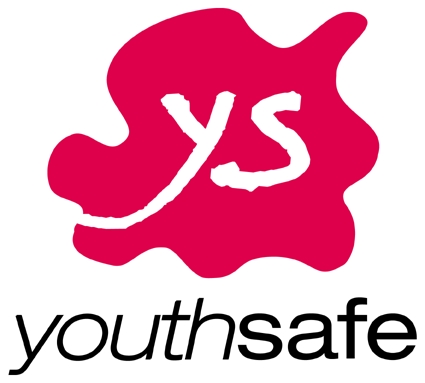New Motorcycle Training and Assessment for Victoria
Development of Education and Assessment Components of Victoria's New Motorcyclist Graduated Licensing System
Motorcycling popularity has seen a phenomenal increase in Australia over recent decades, not just for recreation and touring, but as a daily means of transport. Since 1991, total vehicle registrations have increased 78%, which includes a 72% increase in passenger vehicles, but a 174% increase in motorcycles (including scooters). Despite this, motorcycles remain less than 5% of all registered vehicles, yet motorcyclists represent 18% of all road fatalities. While steady decreases have been achieved in passenger car occupant fatalities in recent years, no such improvement has been found for motorcyclist fatalities.
In 2010, VicRoads released a Discussion Paper identifying that learner riders in Victoria were three times more likely to be killed or seriously injured than their fully licensed counterparts. Through a series of community consultation sessions and contract research, VicRoads identified support for improvements to their licensing system. This particularly included a need to introduce a standardised mandatory training curriculum, to incorporate on-road in addition to off-road components, and to move beyond a strong focus on vehicle-handling skills to increased attention to rider awareness, judgment and decision making. New licensing requirements and conditions were introduced in October 2014 as "Stage 1" of Victoria's new motorcycle graduated licensing system (M-GLS). This project represents "Stage 2".
This project, led by Associate Professor Teresa Senserrick and including Professor Ann Williamson at TARS Research, required the development of education and assessment courses in three stages:
In 2010, VicRoads released a Discussion Paper identifying that learner riders in Victoria were three times more likely to be killed or seriously injured than their fully licensed counterparts. Through a series of community consultation sessions and contract research, VicRoads identified support for improvements to their licensing system. This particularly included a need to introduce a standardised mandatory training curriculum, to incorporate on-road in addition to off-road components, and to move beyond a strong focus on vehicle-handling skills to increased attention to rider awareness, judgment and decision making. New licensing requirements and conditions were introduced in October 2014 as "Stage 1" of Victoria's new motorcycle graduated licensing system (M-GLS). This project represents "Stage 2".
This project, led by Associate Professor Teresa Senserrick and including Professor Ann Williamson at TARS Research, required the development of education and assessment courses in three stages:
- Pre-learner stage: a course incorporating all key requirements for obtaining a Victorian motorcycle learner permit, titled the "Motorcycle Permit Assessment" course.
- Learner stage: a coaching opportunity and progress check on initial riding on the learner permit, known as "Check Ride".
- Pre-licence stage: an individual coaching and assessment session to transition to a Victorian motorcycle licence, titled the "Motorcycle Licence Assessment".
Train-the-trainer" induction programs were also required for each stage, which were titled "Trainer Courses", as well as a course to become accredited to deliver these, which was titled the "Instructor Course".
As no existing best-practice program was identified that met all the requirements of the project, the research went back to first principles, determining a guiding framework and applying Training Needs Analysis to develop the content and underlying teaching principles. The guiding framework, Goals for Rider Education, was adapted from the best-practice Finnish Goals for Driver Education framework (Keskinen, 1996; Hatakka et al, 2002). A wide literature, including behaviour change and adult learning theories, was also consulted. The resulting courses and supporting materials were piloted during 2015, with special thanks to training provider Stay Upright, and to all the learner and licence candidates who participated in the pilots.
As no existing best-practice program was identified that met all the requirements of the project, the research went back to first principles, determining a guiding framework and applying Training Needs Analysis to develop the content and underlying teaching principles. The guiding framework, Goals for Rider Education, was adapted from the best-practice Finnish Goals for Driver Education framework (Keskinen, 1996; Hatakka et al, 2002). A wide literature, including behaviour change and adult learning theories, was also consulted. The resulting courses and supporting materials were piloted during 2015, with special thanks to training provider Stay Upright, and to all the learner and licence candidates who participated in the pilots.
You can read about the results of the pilots and learn more about the final M-GLS education and assessment curriculum in the summary report.
This research is kindly sponsored/partnered by
 |
||||
| VicRoads | Youthsafe | Learning Systems Analysis | LdeR Consultings |
Stay Upright
|


